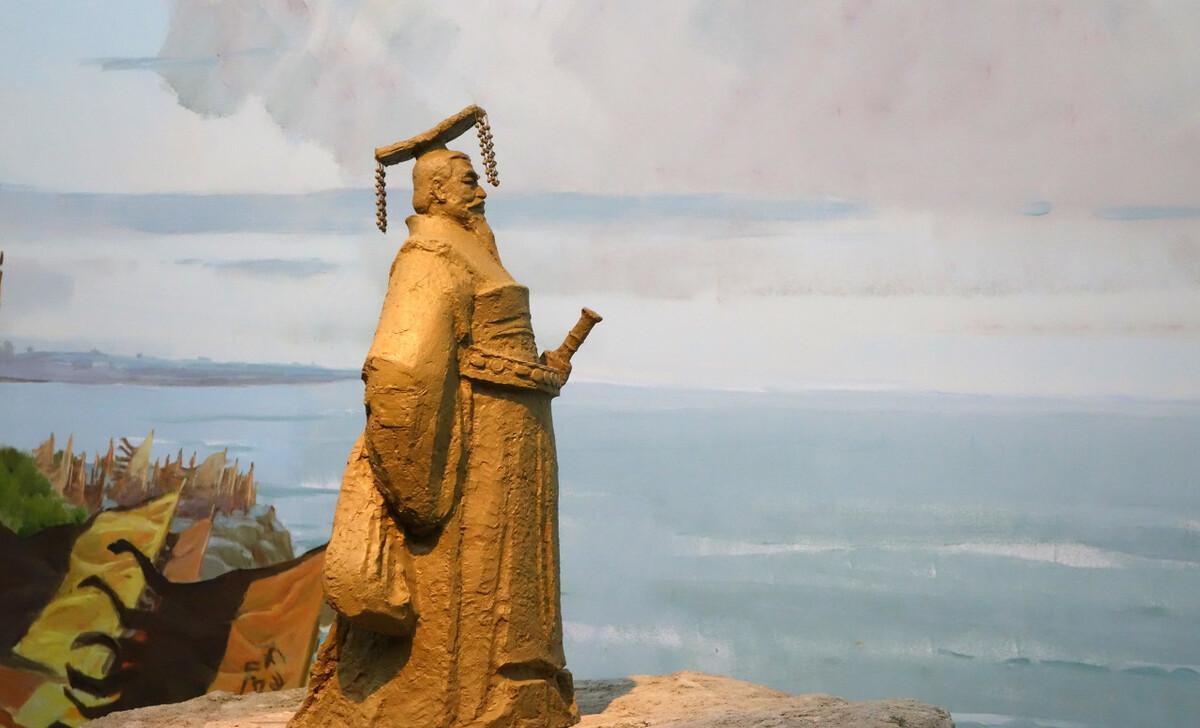What happens after death? Is there really a haven of tranquility? Or is it eternal suffering? Or is it born again? Or is it reduced to nothingness?

There was an emperor in Chinese history who thought that whatever it was, it was best to bring an army. In 1974, several farmers stumbled upon one of the most important discoveries in archaeological history while digging a well next to their town: a massive underground burial chamber with at least 8,000 life-size, heavily armed terracotta warriors that surrounded the imperial tomb. The story of the underground army originates from Yin Zheng, who became the king of the Qin state at the age of 13.
It was 246 BC, and he was ambitious and ruthless. After the unification of the Seven Kingdoms, he became the first emperor in Chinese history, and Qin Shi Huang achieved many historical achievements during his 36-year reign, including the unification of weights and measures, the unification of writing, and the establishment of defensive walls, later the Great Wall, but perhaps Qin Shi Huang made such a great contribution to ensure his legendary position in history.
Because of his obsession with death, in his final year he desperately hired alchemists and sent expeditions to search for the elixir of immortality in order to make him immortal. As early as the first year of his reign, he began to build huge underground cemeteries and fill them with various artifacts and artifacts, and an army accompanied him into another world to continue his rule. This magnificent army still precisely maintained a combat readiness position spread over several pits, a main force of 6,000 soldiers, each weighing several hundred pounds. The other had 130 chariots and more than 600 horses. The third pit housed the high commander, and the empty pit No. 4 indicated that this huge project might not have been completed by the time the emperor died. In addition, the adjacent tombs contain pottery figurines and different rare animals of musicians, acrobats, workers and officials, showing that Qin Shi Huang had more plans for life after death than limited to war.
All the figurines are made of clay and baked clay, which is a reddish brown clay. In order to build them, many workshops and purportedly over 720,000 craftsmen were recruited by the emperor, including many craftsmen, who divided the figurines into many modules, sculpting each of the emperor's warriors one by one. They are arranged in order, with different weapons and uniforms, different hairstyles and expressions, and even different ears.
Initially, each warrior was painted a bright color, but exposure to the air caused the paint to fade, leaving only the terracotta figurines themselves. It is also for this reason that another tomb 1 km away has not yet been excavated, which is the real Mausoleum of the First Emperor of Qin.
It is said to contain palaces, precious stones and crafts, and even rivers made of mercury. But unless a way to open the mausoleum and not damage the treasure can be found, the entire Qin mausoleum cannot be excavated, and the mausoleum is still sealed.
Qin Shi Huang was not the only one who wanted people to accompany him to the end. Ancient Egyptian mausoleums contain clay figurines symbolizing the ideal afterlife. People from the Kofun period in Japan are buried together with sculptures of horses and houses after death. The caves of The Island of Jain off the coast of Mexico are filled with ceramic figurines.
Fortunately, although Qin Shi Huang was very ruthless, he chose to build servants and soldiers to accompany the burial rather than sacrifice real people for burial. In Egypt, West Africa, Anatolia, and parts of North America, human burials were used, even during the Shang and Zhou dynasties in China.
Today, people from all over the world come to visit these watchmen soldiers, who have been waiting for the clarion call for centuries.